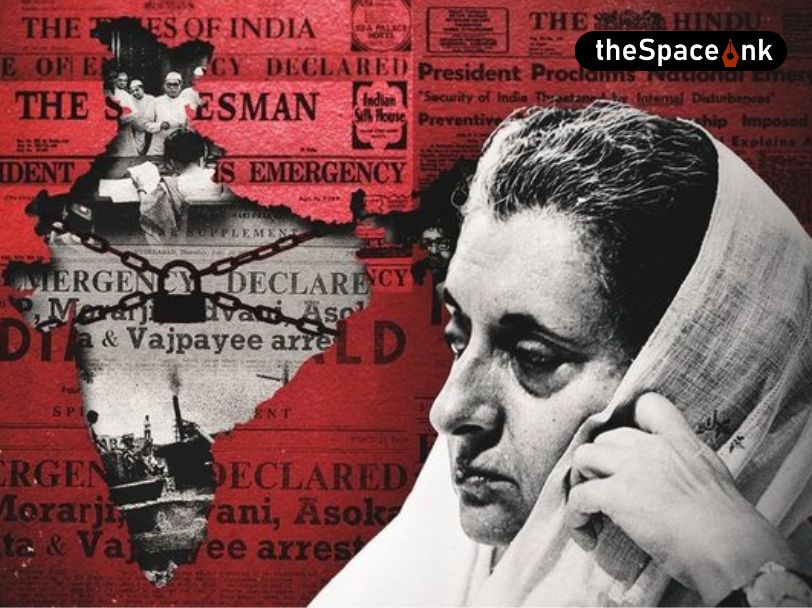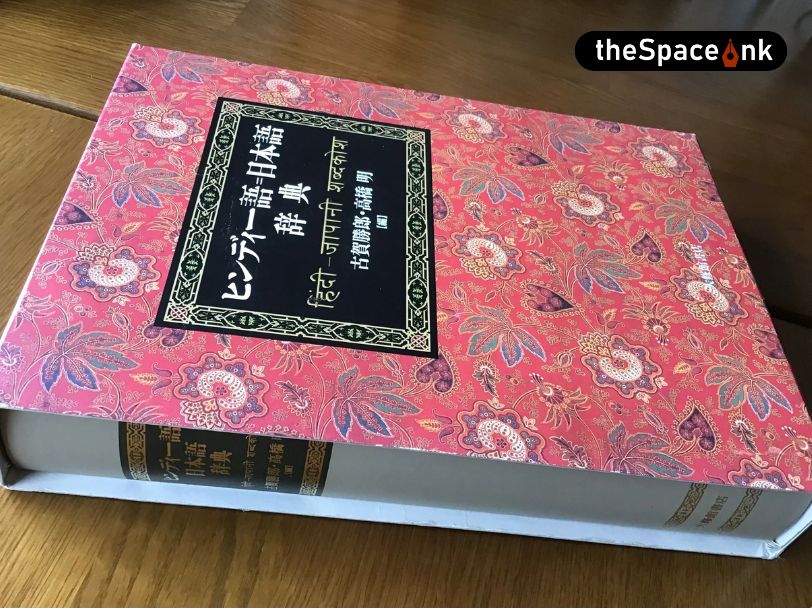Uma Dasgupta is a renowned scholar and biographer of Rabindranath Tagore. In this essay she discusses at length the social and economic reforms undertaken and implemented by the Tagore family in the tribal villages around Santiniketan. Originally written as a paper to be read out at a seminar in the University of Illinois, this essay will be published in four parts on Space.ink.
I am beginning with the 1890s when Rabindranath Tagore was living in rural Bengal as manager of his family’s agricultural estates. He was then about thirty years of age and a regular poet and writer. This is what he wrote from their estates:
I used to sit in my house and watch the farmers come to plough their small fragmented and scattered fields—with their bullocks and ploughs. Each man ploughed his own land only. I thought how needlessly they were wasting their strength. I called them and said, ‘Plough all the land together; pool your capital and resources, and you will be able to get a tractor and get your plowing done easily. If you all work together, the insignificant differences in the land can be neglected, and you can portion out whatever profit there is among you. You can store all your harvest in one place in the village, and the merchants can buy from there for the right price.’
They listened and said, ‘A very good idea, but who will carry it out?’
If I had had the necessary knowledge I would have undertaken it for they knew and trusted me. But we cannot help merely by our willingness to help. There is nothing so dangerous as inexpert service. In our country nowadays the young students of the towns have taken up village service. The villagers laugh at them. How can they help them? They don’t know their language and have no acquaintance with their minds.
From that time I made up my mind that I must do some village work. I sent my son and Santosh abroad to learn agriculture and animal husbandry and began to turn over all kinds of plans in my mind.
That is how Tagore’s son Rathi and his class mate Santosh Majumdar, who was the son of a close friend of Tagore’s, came to study agriculture at the University of Illinois at Urbana-Champaign in 1906, an association from a hundred years ago that we are gathered here to remember. It gives me pleasure to mention as I stand on the soil of this University that when Tagore first came to the United States of America, that was in October 1912, this is where he came to stay. He was at first a house guest of Professor Brookes of the Electrical Engineering faculty of this university.

The occasion for his visit to this campus was that Rathi wanted to return for doctoral studies. Father, son, and daughter in law had been in London for some months just before coming to Urbana. On this visit to London Tagore had brought his English translations of his ‘Gitanjali’ poems which caught the attention of a small but significant group of London’s literary circle including W.B.Yeats and Ezra Pound. Led by the English painter William Rothenstein and the book designer Thomas Sturge Moore this circle saw to the publication of the translated poems with the title Gitanjali (Song Offerings)which as many of you would know won Tagore the Nobel Prize in Literature in the year 1913, the first ever Indian and the first ever Asian to be a recipient of the prize.

Chronologically, father’s and son’s visit to Urbana in the autumn of 1912 fell in between the launch of the English translations and the award of the Nobel Prize. Tagore was keen for a little quiet time after all the overwhelming attention he received for his first-ever attempt at writing in English. In that sense coming to the USA where not many had heard of him at the time seemed like a good get away. It also fitted in with Rathi’s need for some more studies at his alma mater. From the letters he wrote at the time Tagore found this campus a perfect retreat. He did significant literary work during his first weeks here by writing some essays in English which were later published as Sadhana The Realisation of Life. As word spread about his presence at this campus he was invited first by the Unity Club to speak to them. Extremely diffident at the suggestion Tagore relented by reading out four essays from his Sadhana to them at four separate sessions. This was the beginning of Tagore’s reputation in America. Invitations followed for talks in Chicago, Boston, and New York. His private time was over, so were plans of Rathi’s continuing studies gone with the wind!
A historian and Tagore biographer who is a former professor of The Indian Statistical Institute. Friendships of 'Largeness and Freedom', Andrews, Tagore and Gandhi: An Epistolary Account, 1912-1940, Rabindranath Tagore an Illustrated life, Santiniketan and Sriniketan are some of her celebrated works. She is a noted Tagore scholar and biographer.








